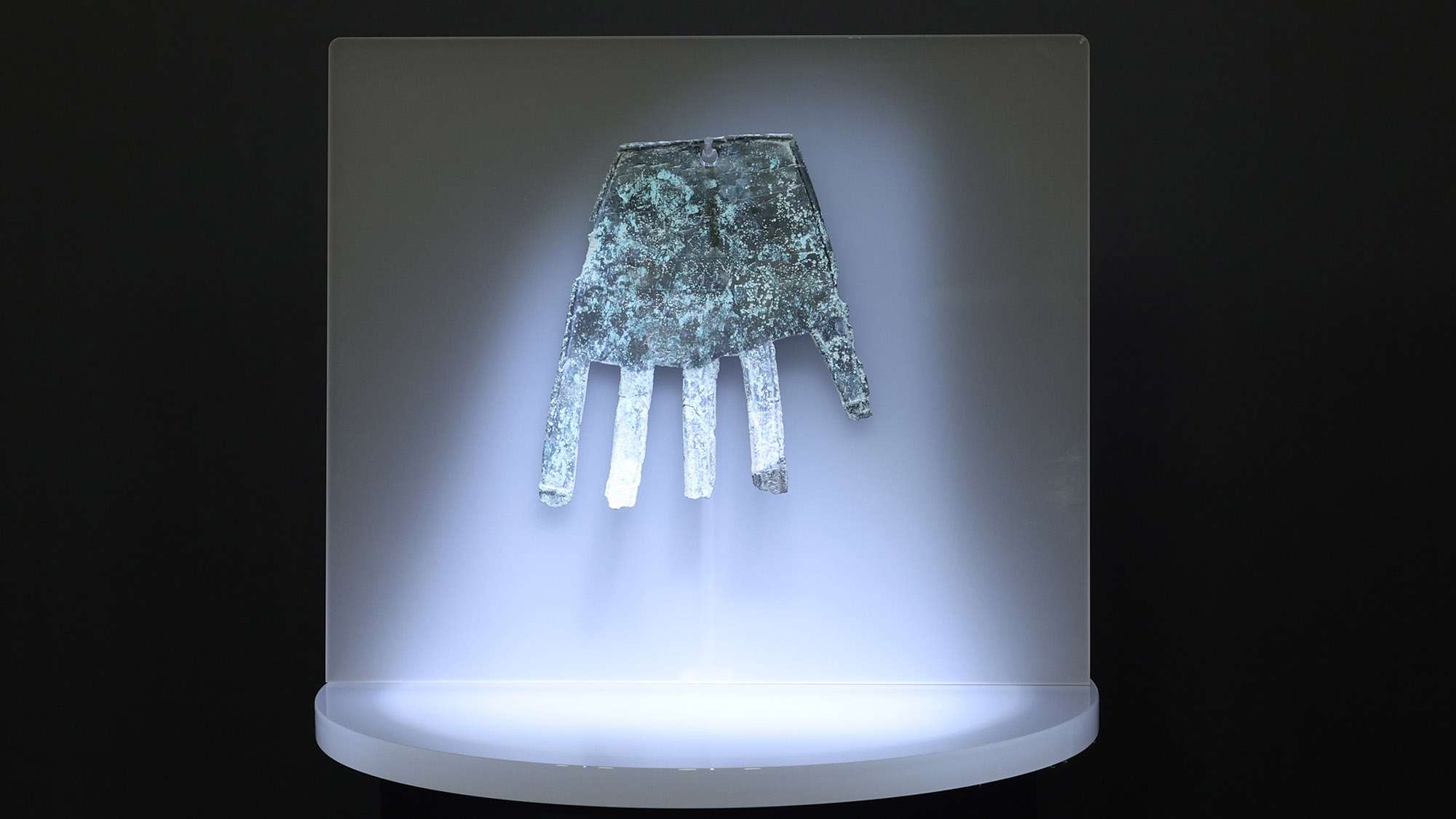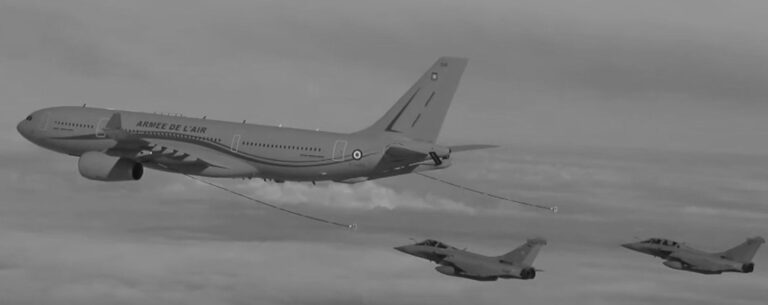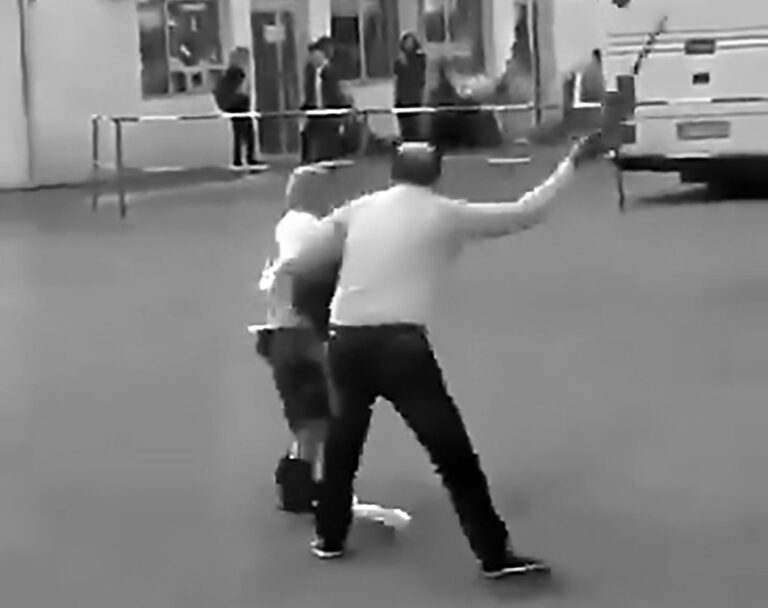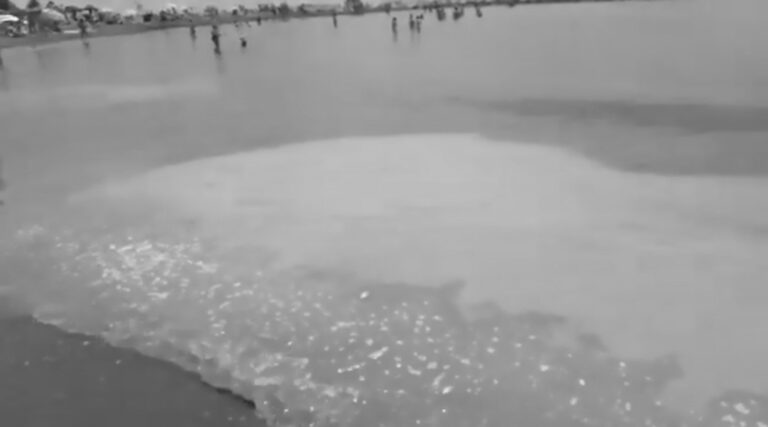Archaeologists have discovered a bronze hand dating back 2,100 years and sporting the oldest known inscription in the Basque language that could shed light on its history.
The discovery was made in Irulegi, a village near the Castle of Irulegi, which is located to the south of the city of Pamplona, in Navarre, in northern Spain, with the artefact being dubbed the Hand of Irulegi.
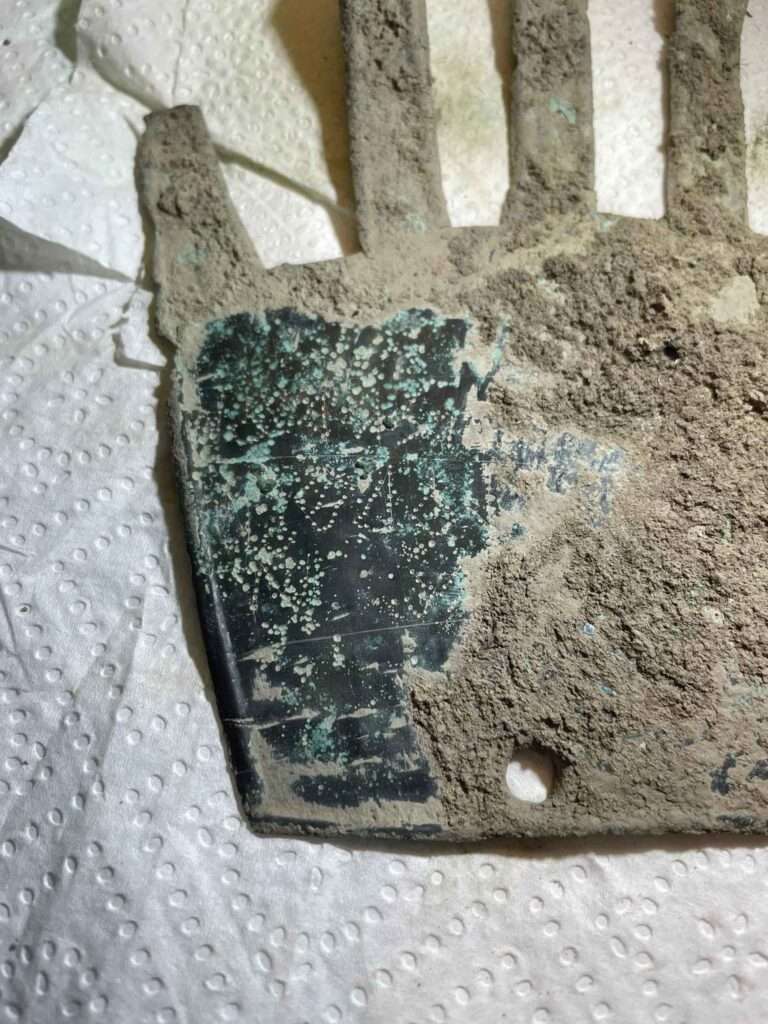
Experts in Spain have said that the hand features “the oldest inscription in the Basque language known to date”.
The bronze hand, which dates back to the 1st century BC and to the Sertorian War, was discovered on 18th June 2021 by archaeologists from the Aranzadi Science Society, which has been digging in the area since 2017, headed up by archaeologists Mattin Aiestaran, director of the Irulegi excavation.
The Sertorian War was a civil war fought on the Iberian peninsula between 80 and 72 BC. It opposed a faction of Roman rebels, the Sertorians, and the Roman government (Sullans).
Newsflash obtained a statement from the government of Navarra in northern Spain on 14th November saying that the hand was “designed to hang on the front door of a house, as a protective ritual object for the home.”
The discovery was unveiled by Navarra President Maria Chivite, who said that it was a “first-order historical milestone”, both from archaeological and from linguistic perspectives.
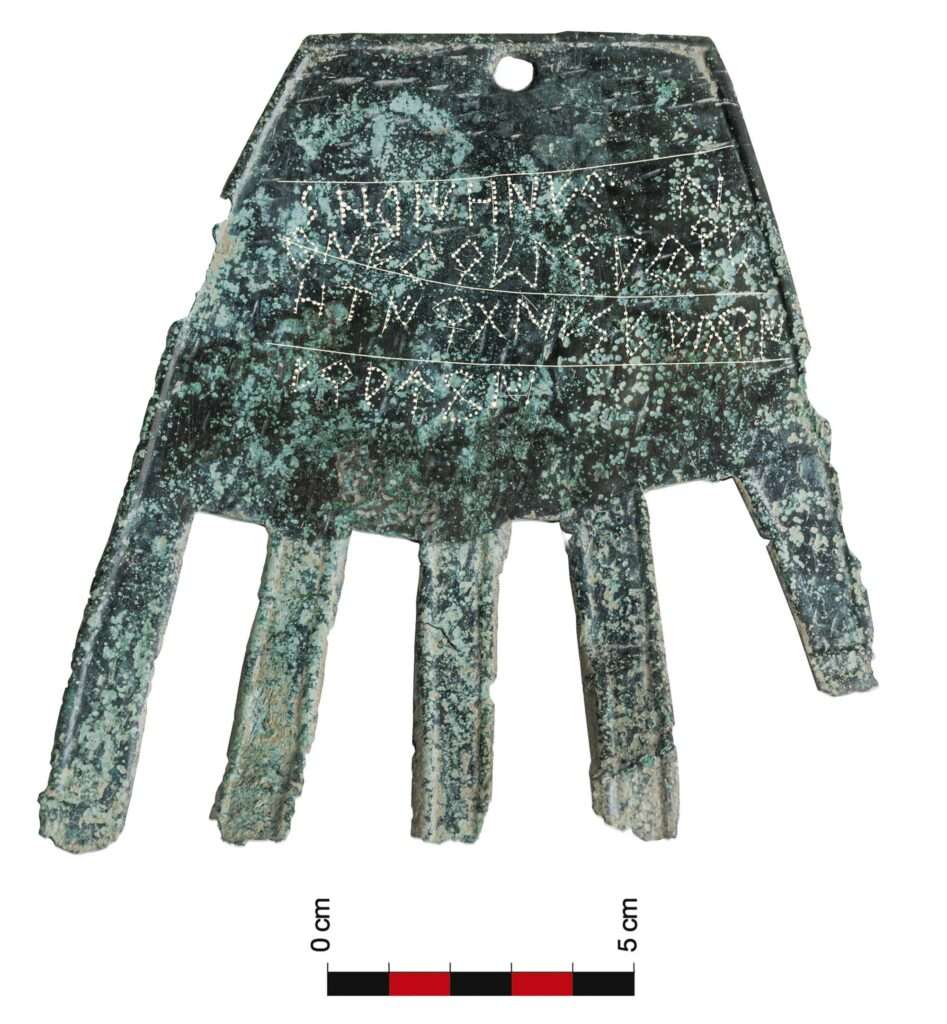
The statement added: “Along with other findings, it confirms the use of writing by the ancient inhabitants of this area.”
Until now, the area’s ancient inhabitants had reportedly been considered to be largely illiterate.
It was thought that they had only started writing when the Romans introduced them to the Latin alphabet, but this discovery contradicts that view.
Javier Velaza, who is a professor of Latin philology at the University of Barcelona and one of the linguistics experts who worked on the hand, said it finally confirmed that the Vacones had a written language.
He said: “People spoke the Vasconic language in the area where the inscriptions were discovered.”
He added: “We had thought that to be the case but until now as we had hardly any texts.
“But now we do and we also know that the Vascones used writing […].”
Velaza added: “This inscription is indisputable. The first word of the text is clearly a word that is found in modern Basque.”
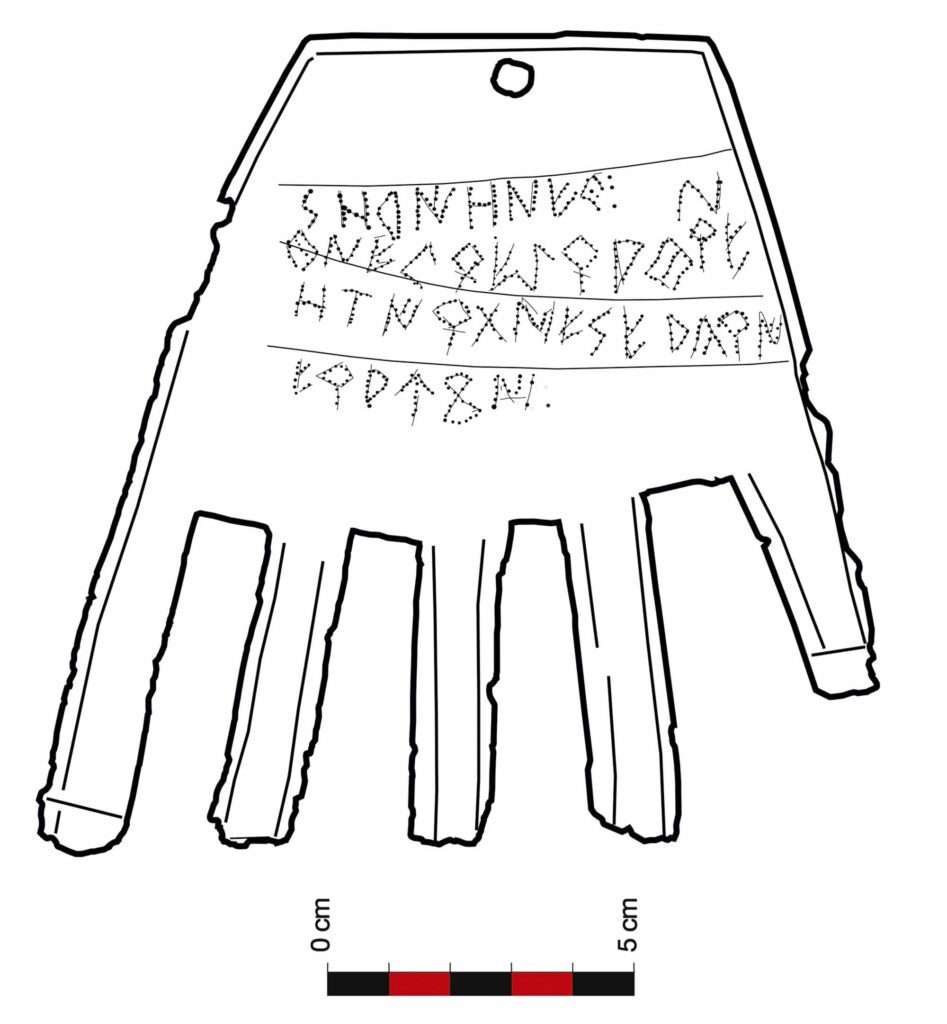
The bronze hand bears the word “sorioneku”, which is similar to the modern-day basque word “zorioneko” and which experts have translated to mean ‘good fortune’.
It is so far the only word out of five inscriptions on the hand that archaeologists and linguists have translated. The other words can be transliterated as: “tenekebeekiratere”, “oTirtan”, “eseakari”, and “eraukon”.
The statement explained that the hand was discovered “in the framework of the excavations that are being carried out in the town of Irulegi (Valle de Aranguren), inhabited between the middle of the Bronze Age (15th to 11th centuries BC) and the end of the Bronze Age (1st century BC).”
The statement also explained that despite being found in 2021, “the inscription was not discovered until 18th January, 2022, when the cleaning and restoration work on the piece began.”
The experts added: “Since then it has been investigated by a multidisciplinary team of archaeologists, geologists, restorers, chemists, epigraphers and linguists.
“Its immediate destination will be a chamber for the conservation of metals in the premises of the Historical Heritage Service, where the research work will continue. In the future, it is hoped that it will be able to be exhibited at the Museo de Navarra, which has the appropriate conservation and security measures for its exhibition.”
The site where it was discovered has been described as one of “singular importance”, not least because the “hand of Irulegi” introduces “significant novelties in the archaeological and linguistic world”.
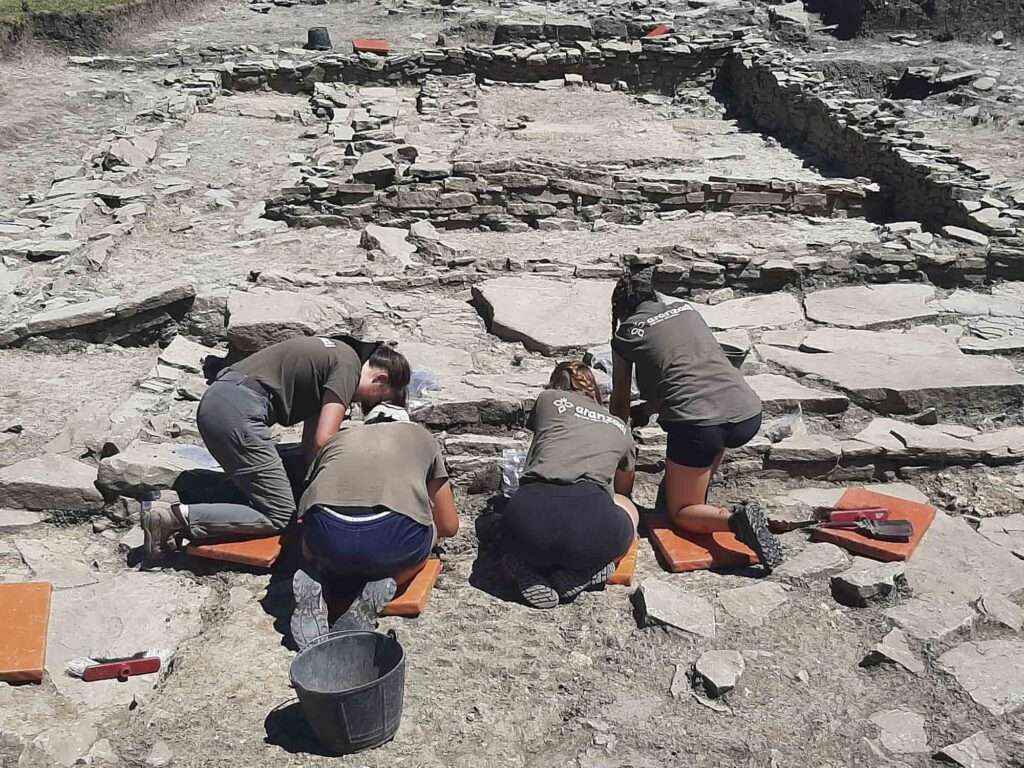
The statement said: “On the one hand, it confirms the existence of a specific graphic system, derived from a variant of the Iberian signatory, called ‘vasconic signatory’.
“In addition, it confirms the use of the Basque language in the geographical area in which it was discovered at the beginning of the 1st century BC; that is, more than 2,000 years ago.”
President Chivite said: “The most exciting thing is that this is just the beginning. We don’t know what other treasures Irulegi holds.”
To find out more about the author, editor or agency that supplied this story – please click below.
Story By: Joseph Golder, Sub-Editor: Marija Stojkoska, Agency: Newsflash
The Ananova page is created by and dedicated to professional, independent freelance journalists. It is a place for us to showcase our work. When our news is sold to our media partners, we will include the link here.

